Discover Vegetables that Grow from Cuttings! Growing them this way is faster than seed propagation. Check out their names.
How fun would that be if you could propagate vegetables just from cuttings and kitchen scraps? And have them fresh? Well, this is all possible! Because there are Vegetables that Grow from Cuttings, and they’re listed below.
Here are some of the best herbs you can grow from cuttings!
Vegetables that Grow from Cuttings
1. Tomatoes
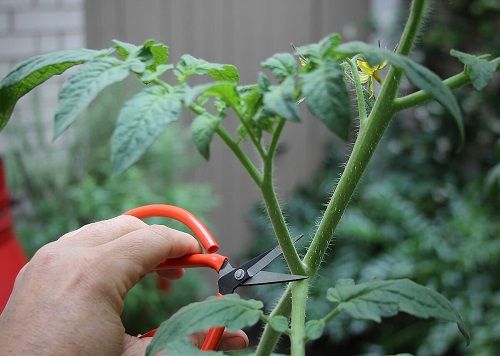
Have more tomato plants by growing them from the cuttings of an existing plant! Cut a 6-8 inch long sucker shoot or new growth using a scissor. Make sure it doesn’t contain any bud and pluck all leaves except the top two sets.
Place the bottom part in water. Keep it in bright indirect light and keep changing the water every 2-3 days. It will root in 2-3 weeks and then can be transplanted in soil. You can directly propagate it in the soil as well.
Here are the best tips to grow tomatoes in containers!
2. Tindora

Ivy gourd or tindora is not a known vegetable. It’s mainly grown in warm Asian countries. If you’ve seen its vine growing in your neighbor’s home, politely ask for the cuttings.
Plant them in the garden or select a pot. It is one of the best vegetables that grow from cuttings.
3. Pumpkin
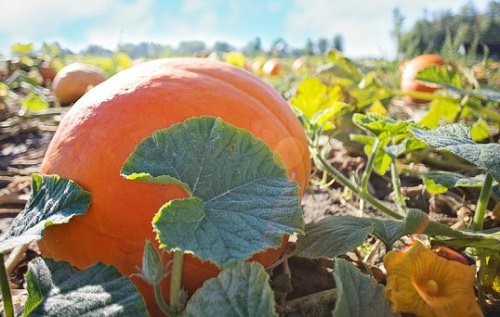
Do you have a sprawling pumpkin vine? If yes, then you’ve got a chance to multiply it. This is the same as growing strawberries from runners.
Bury a section of the vine 1/2 inch below the soil surface in a new pot. Don’t forget to trim the leaves of the part you’ve buried.
Keep the soil evenly moist in that pot but reduce watering of the mother plant. This way, the clone plant will reduce its dependency on the mother plant and start growing its own roots. In a week or two, your clone plant will root.
4. Zucchini
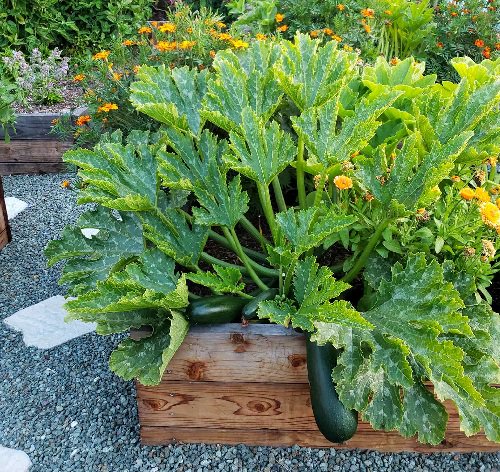
Cut a 5-7 inch long sucker from a healthy zucchini plant using a pair of shears. Make sure that it doesn’t have a bud attached to it. Now, plant the cutting directly into the soil, just like you do with a tomato sucker.
Avoid keeping it in direct sunlight and water well. The plant will grow 2-3 weeks. Check out this video to learn more!
5. Cucumber
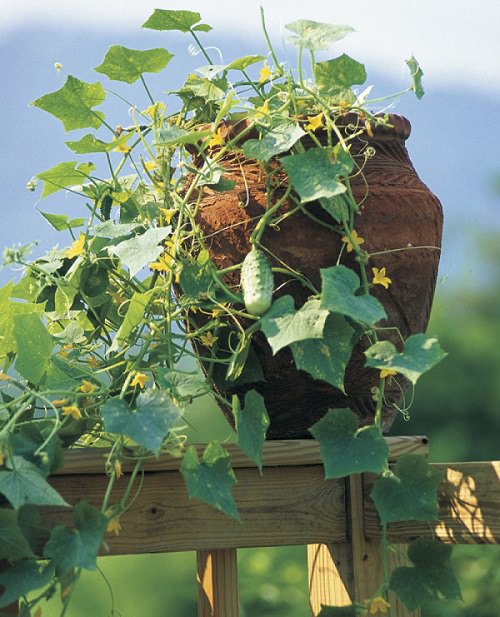
Take 6-8 inches cutting from a cucumber vine. Plant this cutting in a glass of water and keep it in bright, dappled sunlight. In 2-3 weeks, you will notice the cuttings growing tender roots.
You can plant them directly into the soil or pot of your choice.
6. Turnips

Growing turnips from cuttings is as easy and as same as growing carrots. Salvage the top part and place its cut side in a water bowl.
In 5-7 days, you will notice the greens on the top growing; within 1-2 weeks, it will form tender roots. You can then plant it directly in garden soil.
7. Bitter Melon
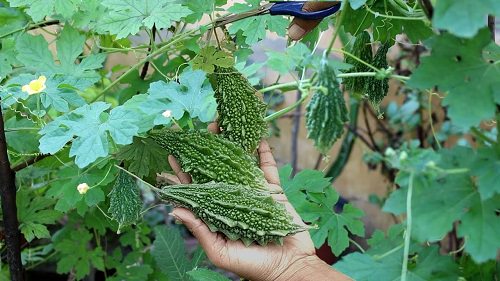
The best part about propagating gourds and melons from cuttings is it’s fairly a direct method.
Just snip off 7-8 inches long, cutting from a healthy section of the plant, and plant it directly into the garden soil or pot of your choice, and you’ll have a new plant in no time!
Learn how to take care of this nutritious vegetable here
8. Nasturtium

Nasturtium plant is edible, the leaves and flowers have a sweet, peppery taste, and you can use this plant in summer salads.
Take 5-6 inches long cutting from the nasturtium plant, plant it in a pot, keep the soil moist, and follow all the usual procedures you do while growing plants from cuttings.
9. Eggplants
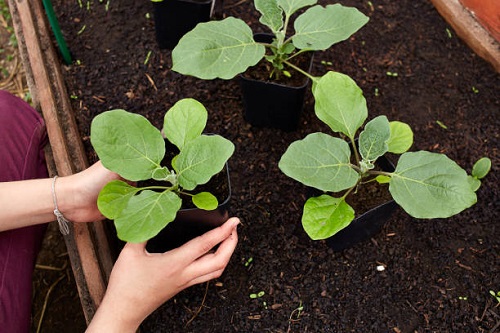
Eggplant, brinjal, aubergine, or whatever you call it. It’s the cousin of tomatoes. Remove 3-4 inches long suckers from the plant and grow them. Or cut a healthy section of the eggplant, 6-8 inches in length, as depicted in this tutorial video.
Keep the pot moist and put it in an area that gets at least 3 hours of direct morning sunlight. The cuttings will form roots in 2-3 weeks.
10. Romaine Lettuce

Buy romaine lettuce from the farmer’s market or local grocery store. Cut off as many bottoms as you want and place them in a bowl filled with water overnight or for up to 3 days.
Avoid submerging the whole cut part, just the base. Once it’ll sprouts, transplant it into the soil. Keep the growing lettuce in partial shade. Easy!
Here are some of the best lettuce varieties you can grow!
11. Cabbage
The leftover bottom portion of the cabbage can be used to grow a new plant. Put it in a bowl, add water, and place it in an area with enough sunlight.
When roots and leaves start to emerge, transplant it into a pot or ground or let it be where it is; just keep changing the water every few days.
Want to grow cabbage in pots? Click here!
12. Carrot Greens
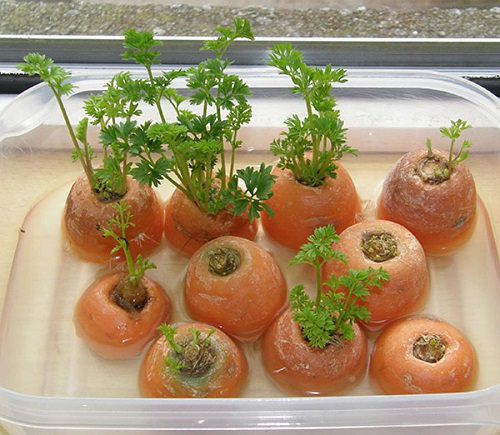
To grow carrot greens, cut the top part and place it in a bowl of water, with its cut side down. Place the bowl on a sunny windowsill and change the water every next day.
You’ll see carrot leaves emerging soon; at this time, you can either keep it in water or transfer it to your windowsill planter.
Check out our article on growing carrots in containers here!
13. Green Onions
Take a container–butter or yogurt tub will also do. Fill it with soil, and put onion bulbs in it. Place it in sunlight and water well.
After 2-3 weeks, you can harvest 6-8 inches long young green leaves! This is one of the quickest vegetables to grow! You can also grow it in water.
Here’s all you need to know about growing green onions!
14. Garlic Greens
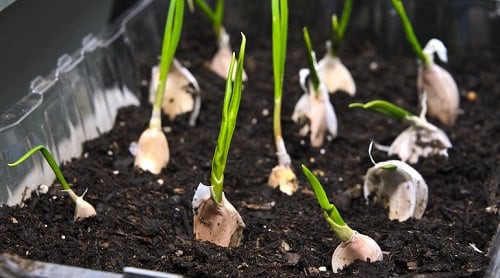
You can grow garlic greens or baby garlic from a single garlic clove like green onions. To do this, fill with soil, put garlic cloves, and cover them completely with soil and water.
Wait till they sprout, and then you can transfer them to pots or in garden soil.
Want to grow garlic in pots? Click here!
15. Bok Choy

Bok choy can regrow by using the base, which you usually throw in a compost pile. Take a water-filled saucer or shallow container and place the base with the cut side facing up.
In a few days, you will notice it sprouting. After 1-2 weeks, it can be transplanted into the soil, or it’ll do fine in water. Just keep changing the water when it starts to appear cloudy.
Check out some amazing Asian veggies to grow in the garden here
16. Ginger
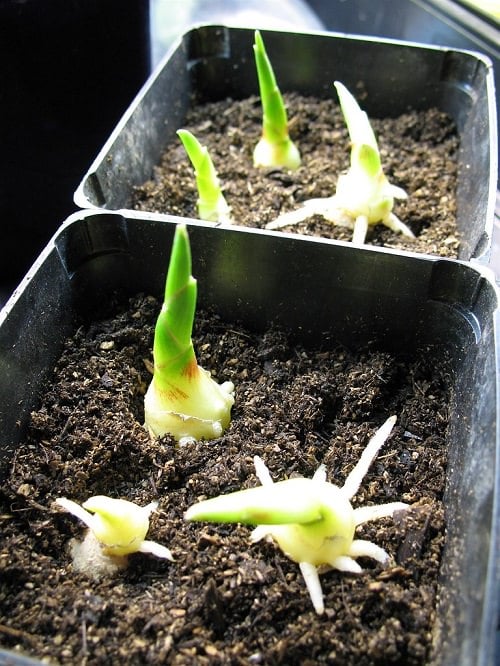
Take a piece of ginger measuring 2-3 inches from your pantry. You can also take a bigger one and cut it into 2-3 inches. It’ll be great if it has emerging buds and does not appear dry or shriveled.
Soak the rhizomes in water overnight and plant them in rich and loamy potting soil. Make sure the growth buds (eyes, like potatoes) face up. Keep the soil moist and provide dappled shade.
Note: Ginger leaves and shoots are edible too!
Here’s everything you need to know about growing ginger in pots
17. Leeks
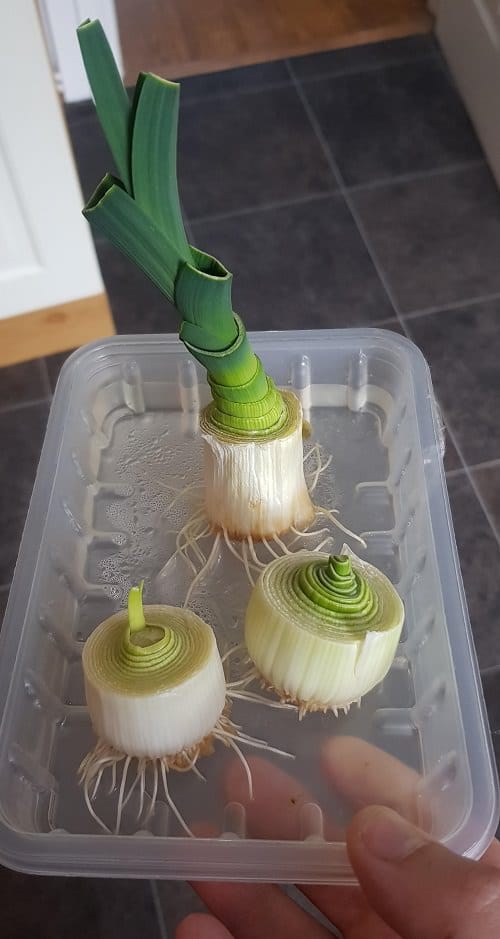
For growing leeks from cuttings, take its cutting that includes the bottom part (root end), and place it in a water-filled bowl, mini tub, or container.
Provide the cuttings with mild sunlight on a windowsill, and you will have fresh leeks! Overall, growing it is similar to green onions.
18. Potatoes
Pick a potato from your kitchen pantry and allow it to dry overnight. Plant it 4-5 inches deep in the soil, and ensure its ‘eyes’ face up.
In a few weeks, you’ll have a new potato plant! Check out some fun ideas to grow potatoes here.
Want to grow potatoes in pots? Click here
19. Celery

Simply cut the base or bottom of the celery and place it in a bowl with water. Place the bowl in partial sunlight for a week–Early morning sun should be fine.
You will see leaves are growing and thickening at the base. At this point, you can transplant it to the soil or let it grow in the water, just like bok choy.
20. Purslane

The reason why purslane is considered a weed is that it’s super easy to grow. Plant the 3-5 inches long cuttings in pots or ground and water well. It’ll develop roots in 10-20 days and start growing.
It is an excellent substitute for spinach, and you can enjoy it fresh in salads too!
Find out its immense benefits & how to grow it here
21. Beet Greens
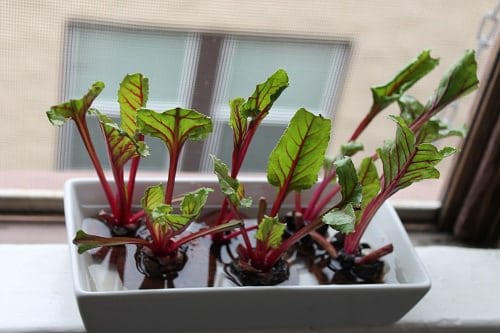
When you are eating beetroot, save its top. This can be used to grow nutritious beet greens in your container garden.
Place its cut-side down in a saucer or bowl filled with water in a spot in your house that receives bright, indirect sunlight. Within a week, beet greens will start to grow. You can also do this in soil.
22. Sweet Potatoes

Take 4-6 inches long cutting from a vigorous vine and make the bottom half part leafless. Dip the cut end in the rooting hormone and plant at the desired spot.
You can grow sweet potatoes in water and transplant them into the garden soil.
23. Pointed Gourd
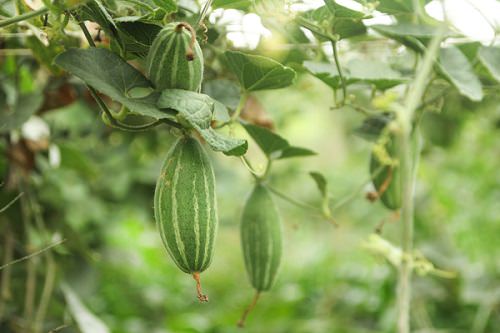
The process of propagating gourds from the cuttings is the same. It starts with snipping a healthy section of pointed gourd plant, 5-7 inches in length, and putting it in a rich soil medium.
Keep the soil moist, and the cuttings will grow roots in 2-3 weeks.
24. Pepper
Like tomatoes and eggplants, you can clone pepper plants from cuttings too. Clip a 4-5 inches long healthy stem at a 45-degree angle below the node.
Remove all the lower leaves from the nodes and sprinkle some cinnamon on the cut end; it will save the cutting from fungal infections. You can then plant the pepper cutting in seed starting mix or propagate it in water.



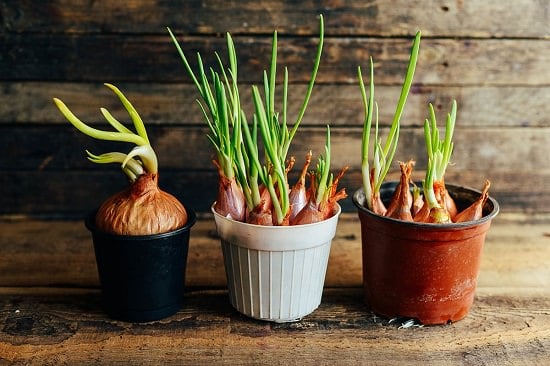
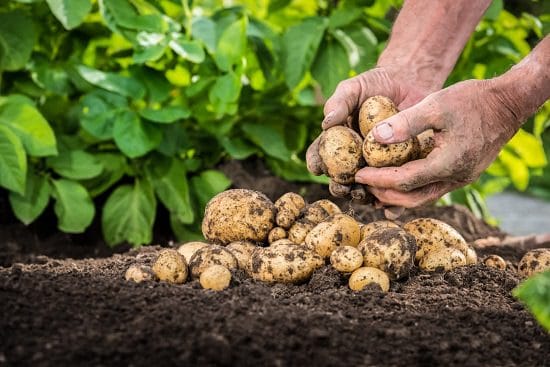
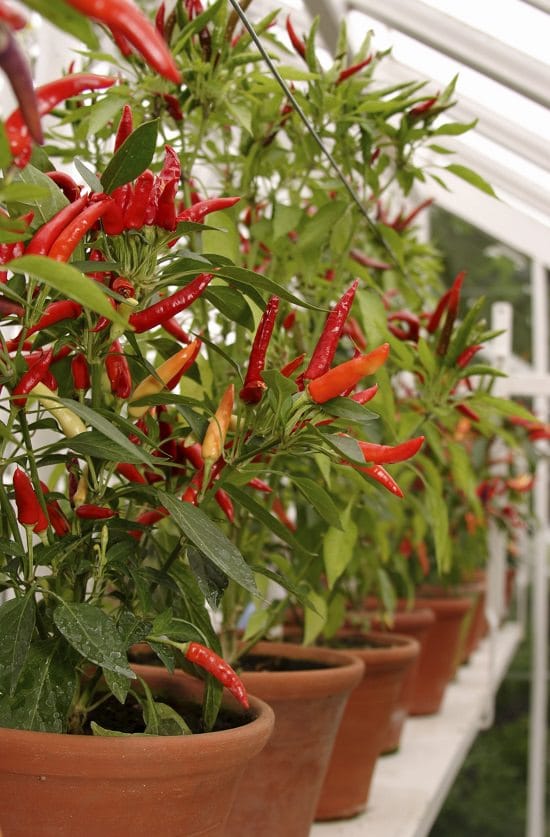

that is incredible information to know. I guess we just got taught by the commercial seed growers that the only course to take was to go back to the shop for more seeds and seedlings.
so true. this teaches us to be sustainable